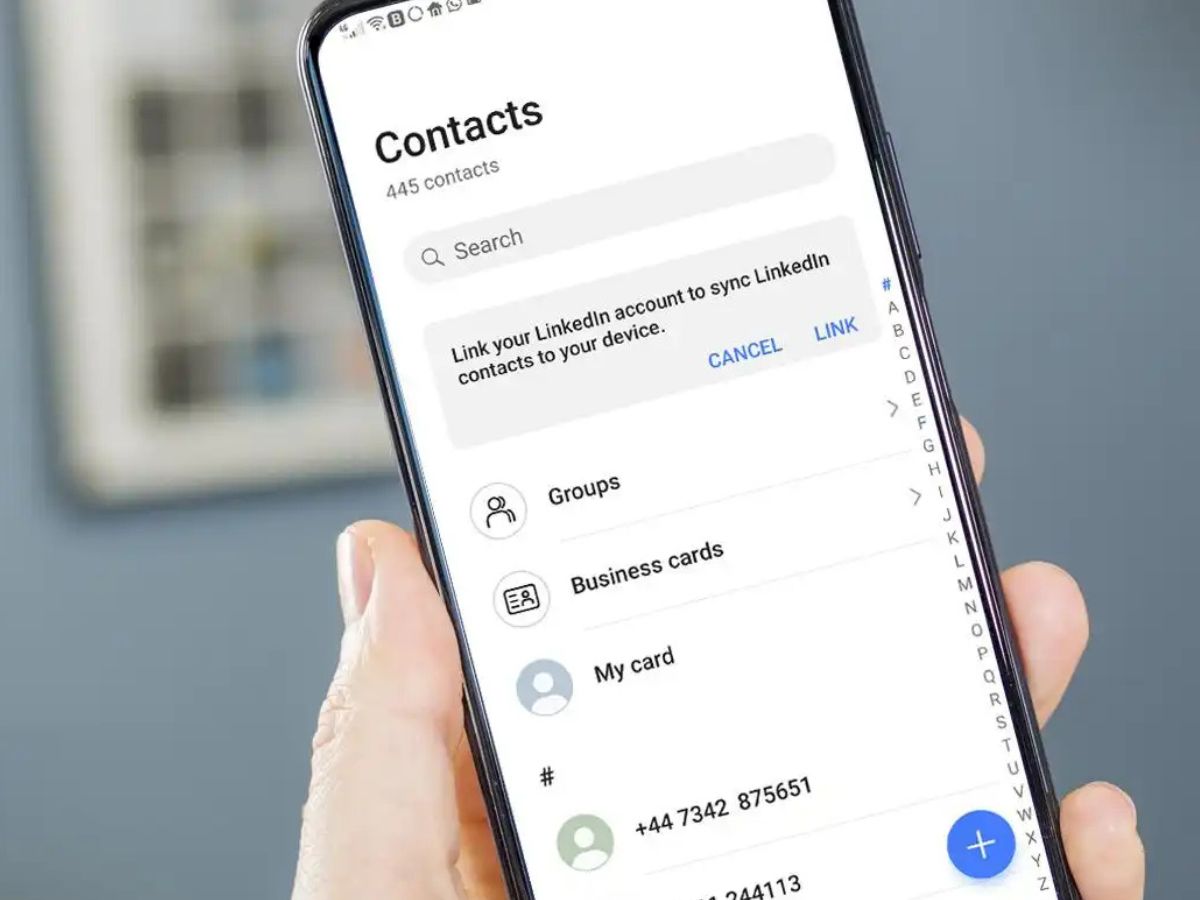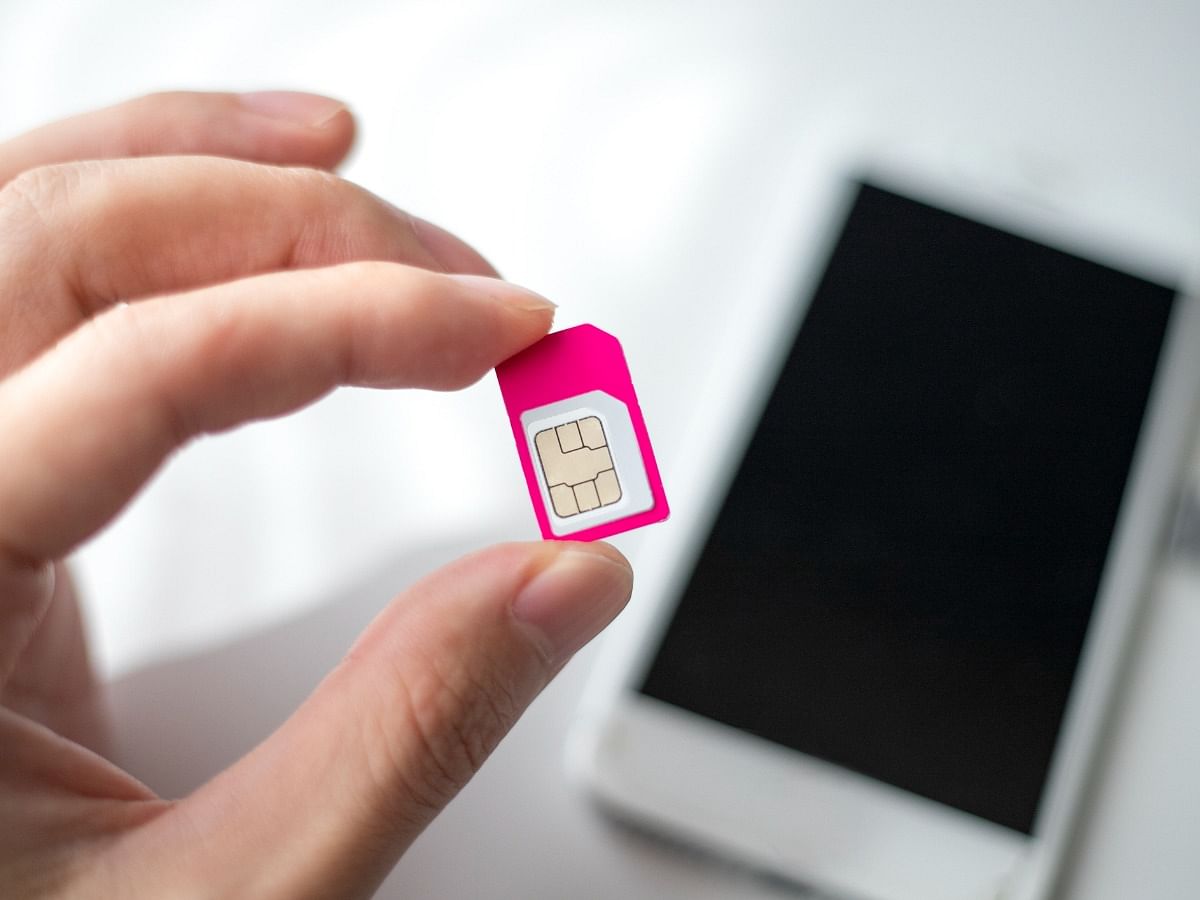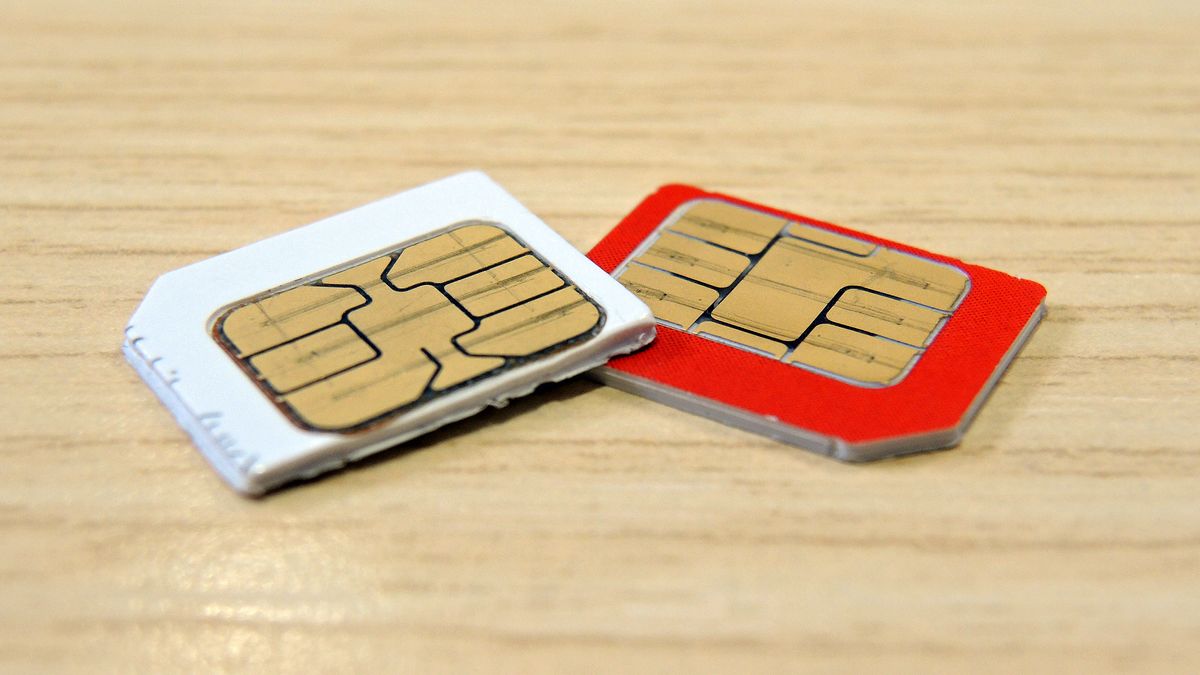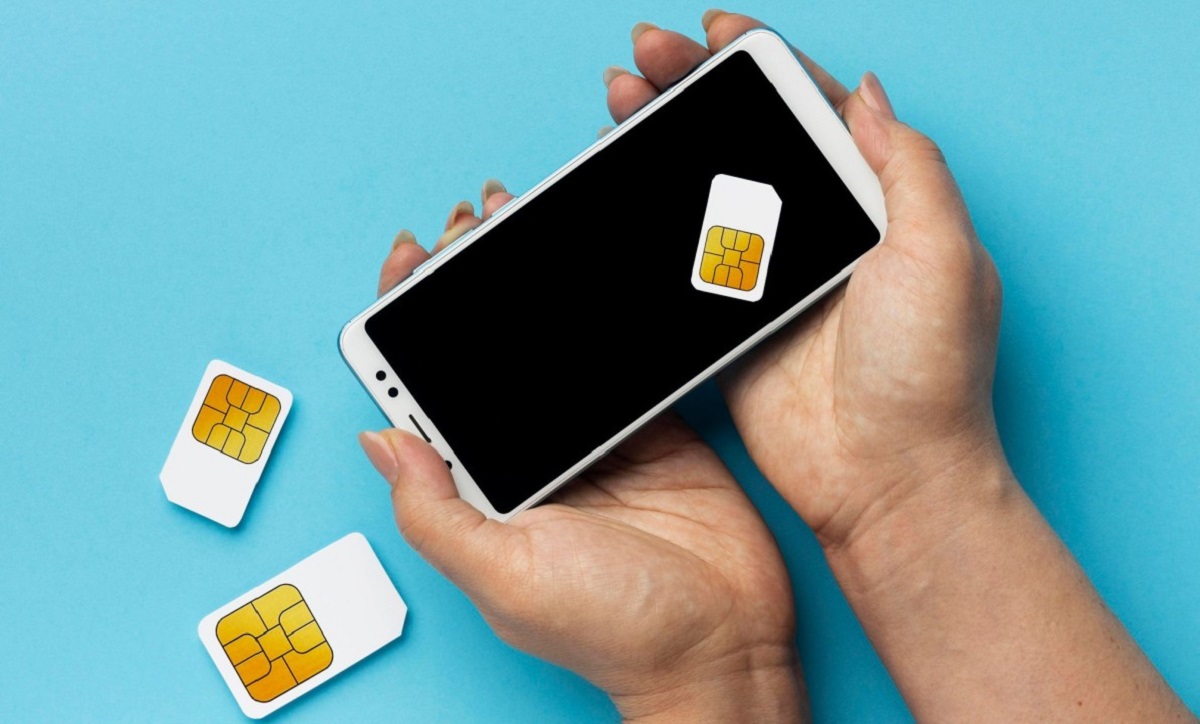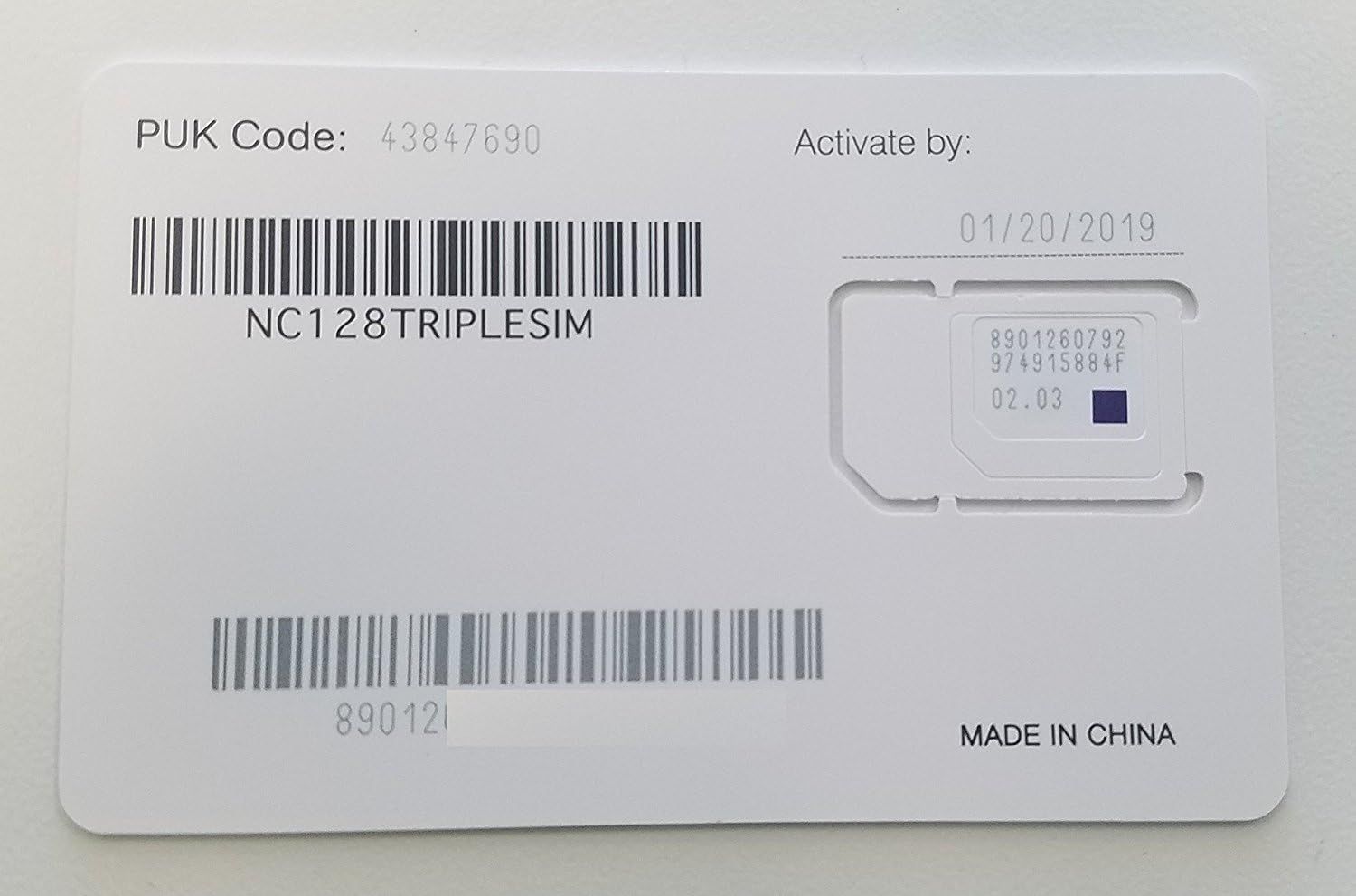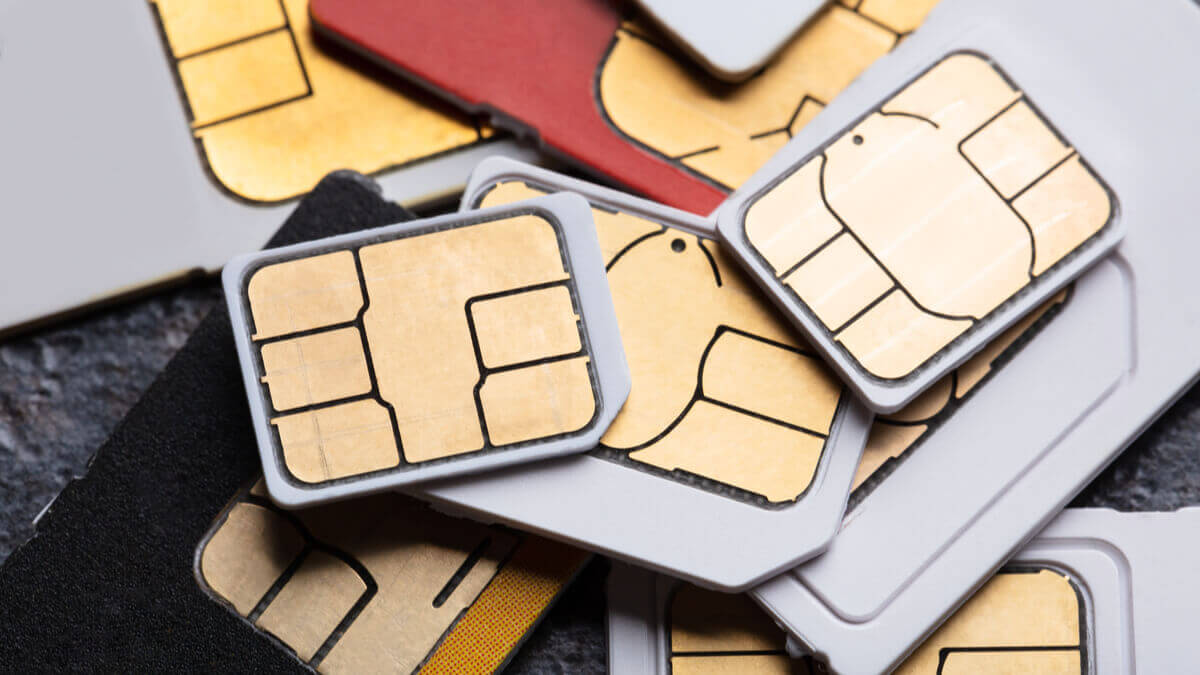Introduction
In the fast-paced world of mobile technology, the Subscriber Identity Module (SIM) card plays a pivotal role in connecting users to their networks. However, the process of changing SIM cards can sometimes lead to unexpected data loss, causing inconvenience and frustration for users. Understanding the potential risks and taking proactive measures can mitigate these issues and ensure a seamless transition.
As mobile devices continue to evolve, users often find themselves needing to change SIM cards for various reasons, such as upgrading to a new device, switching to a different network provider, or traveling internationally. While these changes are typically straightforward, they can inadvertently result in the loss of valuable data, including contacts, messages, and other personal information stored on the device.
This comprehensive guide aims to shed light on the factors that contribute to data loss when changing SIM cards and provide practical solutions to minimize the associated risks. By delving into the intricacies of SIM cards and exploring the common causes of data loss, users can gain valuable insights into safeguarding their data during the transition process.
With the proliferation of mobile devices in our daily lives, the importance of preserving data integrity during SIM card changes cannot be overstated. This guide will equip readers with the knowledge and tools necessary to navigate these transitions with confidence, ensuring that their valuable data remains secure and accessible.
By addressing the potential challenges and offering actionable advice, this guide aims to empower users to make informed decisions and take proactive steps to safeguard their data when changing SIM cards. Let's delve into the intricate world of SIM cards and explore the best practices to mitigate data loss, ensuring a smooth transition without compromising valuable information.
Understanding SIM Cards and Data Loss
The Subscriber Identity Module (SIM) card is a small, removable smart card that is essential for connecting mobile devices to a cellular network. It serves as a unique identifier for the user and facilitates communication with the network provider. SIM cards store crucial information, including the user's phone number, contacts, text messages, and network-specific data.
Data loss when changing SIM cards can occur due to the intricate nature of the information stored on the card and its interaction with the mobile device. When a SIM card is changed, the device needs to reestablish connections with the network and synchronize the stored data with the new card. This transition process, if not managed carefully, can lead to data loss and disruption of essential services.
Understanding the structure of a SIM card is crucial in comprehending the potential for data loss. SIM cards contain a small amount of non-volatile memory, which stores the user's personal information and network-specific data. This data is essential for the device to authenticate with the network and access services such as calls, messaging, and mobile data.
When a SIM card is changed, the device needs to reconfigure its settings to accommodate the new card's information. During this transition, there is a risk of data loss if the synchronization process is not executed seamlessly. Contacts, messages, and other personal data stored on the device may become temporarily inaccessible or, in some cases, irreversibly lost if not properly managed.
Furthermore, the compatibility of the new SIM card with the device and the network plays a critical role in determining the potential for data loss. Incompatibility issues can arise if the new SIM card uses a different technology or operates on a network with distinct configurations. This disparity can lead to challenges in data synchronization and result in the loss of crucial information.
By understanding the intricate relationship between SIM cards, mobile devices, and network services, users can gain valuable insights into the potential risks of data loss when changing SIM cards. This understanding forms the foundation for implementing proactive measures to safeguard data and minimize the impact of SIM card transitions on personal information.
Common Causes of Data Loss When Changing SIM Cards
When changing SIM cards, several common causes can contribute to data loss, potentially impacting the accessibility of essential information stored on mobile devices. Understanding these causes is crucial for users seeking to mitigate the risks and preserve their data integrity during SIM card transitions.
-
Inadequate Backup Procedures: One of the primary causes of data loss when changing SIM cards is the absence of comprehensive backup procedures. If users fail to back up their contacts, messages, and other personal data before swapping SIM cards, they risk losing this information during the transition process. Without a backup, recovering lost data becomes significantly more challenging.
-
Incompatible SIM Card: Introducing an incompatible SIM card into a mobile device can lead to data loss. Incompatibility issues may arise if the new SIM card operates on a different network technology or uses distinct configurations that are not fully supported by the device. This mismatch can disrupt data synchronization and potentially result in the loss of stored information.
-
Incomplete Data Synchronization: When changing SIM cards, incomplete data synchronization can lead to data loss. If the device fails to properly synchronize the stored contacts, messages, and other personal data with the new SIM card, users may encounter difficulties accessing this information. In some cases, incomplete synchronization can lead to the loss of certain data sets.
-
Software and Firmware Compatibility Issues: Software and firmware compatibility issues between the mobile device and the new SIM card can contribute to data loss. If the device's operating system or firmware is not fully compatible with the configuration of the new SIM card, it may encounter challenges in managing and accessing the stored data, potentially leading to data loss.
-
Physical Damage to the SIM Card: Physical damage to the SIM card, such as scratches or cracks, can compromise its functionality and lead to data loss during a transition. If the SIM card sustains damage when being inserted or removed from the device, it may hinder the proper reading and synchronization of the stored data, resulting in potential loss or corruption of information.
By recognizing these common causes of data loss when changing SIM cards, users can take proactive measures to mitigate these risks and ensure a smooth transition without compromising their valuable information. Implementing comprehensive backup procedures, verifying SIM card compatibility, and ensuring seamless data synchronization are essential steps in safeguarding against potential data loss during SIM card changes.
Precautions to Take Before Changing SIM Cards
Before embarking on the process of changing SIM cards, it is essential for users to take proactive precautions to safeguard their valuable data and ensure a seamless transition. By implementing the following precautions, individuals can minimize the risk of data loss and potential disruptions to essential services when swapping SIM cards.
-
Comprehensive Data Backup: Prior to changing SIM cards, users should perform a comprehensive backup of their contacts, messages, and other personal data stored on the device. This can be achieved through various methods, including cloud storage services, device-specific backup features, or third-party applications. By creating a secure backup of their data, users can mitigate the impact of potential data loss during the transition process and facilitate easier data recovery if needed.
-
Verification of SIM Card Compatibility: It is crucial to verify the compatibility of the new SIM card with the mobile device and the network. Users should ensure that the new SIM card aligns with the device's supported technologies and network configurations. This verification can prevent compatibility issues that may disrupt data synchronization and lead to the loss of stored information.
-
Data Synchronization: Before changing SIM cards, users should initiate a manual synchronization of their contacts, messages, and other essential data with the device's internal storage or cloud services. This proactive step can help ensure that the data is up to date and readily accessible after the SIM card change. By confirming the successful synchronization of their data, users can minimize the risk of incomplete data transfer and potential loss of information.
-
Review of Software and Firmware Updates: Checking for and installing any available software or firmware updates for the mobile device is advisable before changing SIM cards. Updated software and firmware can enhance the device's compatibility with new SIM cards and improve the overall stability of data synchronization processes. By ensuring that the device is running the latest software, users can reduce the likelihood of encountering compatibility issues that may lead to data loss.
-
Careful Handling of SIM Cards: Handling the SIM card with care is essential to prevent physical damage that could compromise its functionality during the transition. Users should ensure that the SIM card is inserted and removed from the device gently and without force. Additionally, inspecting the SIM card for any signs of damage, such as scratches or cracks, can help mitigate the risk of potential data loss due to physical damage.
By adhering to these precautions before changing SIM cards, users can proactively protect their data and minimize the potential for data loss or disruptions during the transition process. These proactive measures empower individuals to navigate SIM card changes with confidence, ensuring that their valuable information remains secure and accessible on their mobile devices.
Steps to Minimize Data Loss When Changing SIM Cards
When changing SIM cards, it is essential to take proactive steps to minimize the risk of data loss and ensure a smooth transition. By following these steps, users can safeguard their valuable information and mitigate potential disruptions to essential services during the SIM card change process.
-
Comprehensive Data Backup: Before initiating the SIM card change, perform a comprehensive backup of all essential data stored on the device. Utilize built-in backup features or third-party applications to securely store contacts, messages, and other personal information. Cloud storage services offer a convenient and reliable option for creating backups that can be easily accessed during and after the SIM card transition.
-
Verification of SIM Card Compatibility: Verify the compatibility of the new SIM card with the mobile device and the network. Ensure that the new SIM card aligns with the device's supported technologies and network configurations. This proactive verification can prevent compatibility issues that may disrupt data synchronization and lead to the loss of stored information.
-
Data Synchronization: Prior to changing SIM cards, manually initiate a synchronization of contacts, messages, and essential data with the device's internal storage or cloud services. This step ensures that the data is up to date and readily accessible after the SIM card change. By confirming successful synchronization, users can minimize the risk of incomplete data transfer and potential loss of information.
-
Review of Software and Firmware Updates: Check for and install any available software or firmware updates for the mobile device before changing SIM cards. Updated software and firmware can enhance the device's compatibility with new SIM cards and improve the stability of data synchronization processes. Keeping the device's software up to date reduces the likelihood of encountering compatibility issues that may lead to data loss.
-
Careful Handling of SIM Cards: Handle the SIM card with care to prevent physical damage that could compromise its functionality during the transition. Gently insert and remove the SIM card from the device without exerting force. Additionally, inspect the SIM card for any signs of damage, such as scratches or cracks, to mitigate the risk of potential data loss due to physical damage.
By diligently following these steps, users can minimize the risk of data loss when changing SIM cards and ensure a seamless transition without compromising their valuable information. Taking proactive measures to safeguard data integrity empowers individuals to navigate SIM card changes with confidence, knowing that their essential data remains secure and accessible on their mobile devices.
Data Recovery Options After SIM Card Change
After experiencing data loss following a SIM card change, users may feel concerned about the potential irreversibility of the situation. However, there are several data recovery options available to help mitigate the impact of data loss and restore essential information on their mobile devices. These options provide avenues for recovering contacts, messages, and other personal data that may have been affected during the SIM card transition.
-
Cloud Backup Retrieval: If users have previously backed up their data to cloud storage services such as Google Drive, iCloud, or OneDrive, they can retrieve their backed-up information after changing the SIM card. By logging into their cloud accounts from the new device, users can seamlessly restore their contacts, messages, and other data, ensuring that valuable information remains accessible.
-
Device-Specific Backup Restoration: Many mobile devices offer built-in backup features that allow users to store their data securely. After changing the SIM card, users can utilize these backup options to restore their contacts, messages, and other personal information. By accessing the device's backup settings, users can initiate the restoration process and recover their data without the need for external services.
-
Third-Party Data Recovery Applications: There are numerous third-party applications available for both iOS and Android devices that specialize in data recovery. These applications can scan the device's internal storage and retrieve lost contacts, messages, and other data that may have been affected by the SIM card change. Users can explore reputable data recovery applications to facilitate the recovery of their valuable information.
-
Professional Data Recovery Services: In cases where data loss is significant or complex, seeking professional data recovery services may be necessary. Professional data recovery experts possess the expertise and specialized tools to recover lost data from mobile devices, including information that may have been impacted by SIM card changes. These services offer a comprehensive approach to data recovery, ensuring the retrieval of essential information.
-
Network Provider Assistance: Network providers can often assist users in recovering essential data following a SIM card change. By reaching out to the network provider's customer support, users can inquire about potential options for recovering lost contacts, messages, and other personal information. Network providers may offer guidance or additional resources to facilitate the data recovery process.
By exploring these data recovery options, users can take proactive steps to mitigate the impact of data loss resulting from a SIM card change. These options provide reassurance that valuable information can be restored, empowering users to overcome the challenges associated with data loss and ensuring that their essential data remains accessible on their mobile devices.
Conclusion
In the dynamic landscape of mobile technology, the process of changing SIM cards is a common occurrence that can inadvertently lead to data loss and disruptions in essential services. However, by gaining a comprehensive understanding of SIM cards and implementing proactive measures, users can minimize the risks associated with data loss and ensure a seamless transition.
Throughout this guide, we have delved into the intricacies of SIM cards, exploring their role as unique identifiers that facilitate communication with network providers. By understanding the structure of SIM cards and the potential for data loss during transitions, users are empowered to make informed decisions and take proactive steps to safeguard their valuable information.
We have highlighted the common causes of data loss when changing SIM cards, emphasizing the importance of comprehensive data backup, verification of SIM card compatibility, and careful handling of SIM cards. These insights are essential for users seeking to mitigate the risks of data loss and ensure the integrity of their personal information during SIM card transitions.
Furthermore, we have provided practical precautions and steps to minimize data loss when changing SIM cards, emphasizing the significance of comprehensive data backup, verification of SIM card compatibility, and diligent data synchronization. By adhering to these proactive measures, users can navigate SIM card changes with confidence, knowing that their essential data remains secure and accessible on their mobile devices.
In the event of data loss following a SIM card change, we have explored various data recovery options, including cloud backup retrieval, device-specific backup restoration, third-party data recovery applications, professional data recovery services, and network provider assistance. These options offer reassurance that valuable information can be restored, empowering users to overcome the challenges associated with data loss and ensure the accessibility of their essential data.
As mobile devices continue to evolve and play an integral role in our daily lives, preserving data integrity during SIM card changes is paramount. By equipping users with the knowledge and tools necessary to safeguard their data, this guide aims to empower individuals to navigate SIM card transitions with confidence, ensuring that their valuable information remains secure and accessible.
In conclusion, the process of changing SIM cards does not have to be synonymous with data loss and uncertainty. By embracing proactive measures, understanding the intricacies of SIM cards, and exploring data recovery options, users can navigate SIM card changes with resilience, knowing that their essential data remains safeguarded and accessible on their mobile devices.









